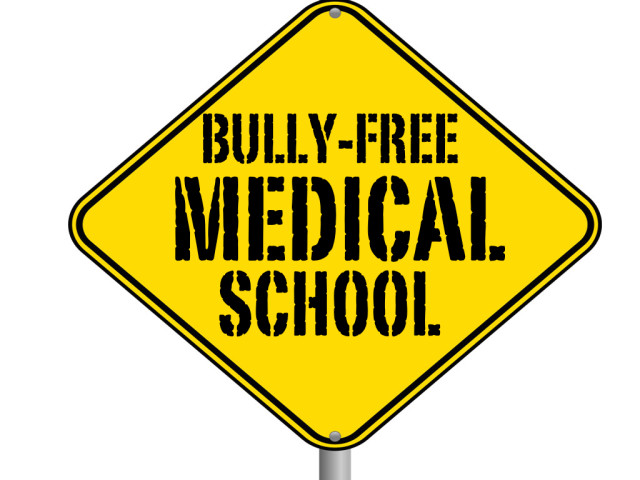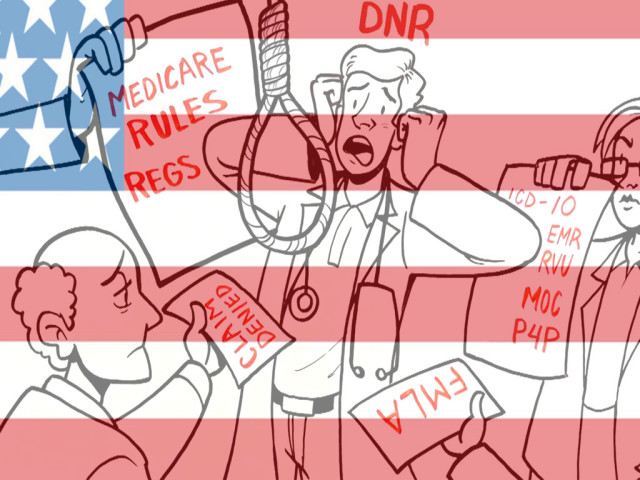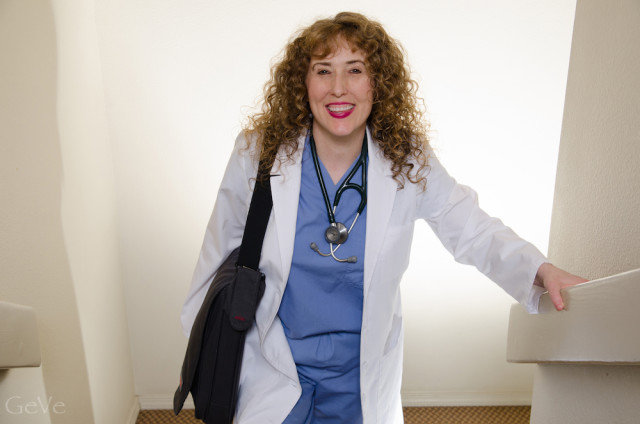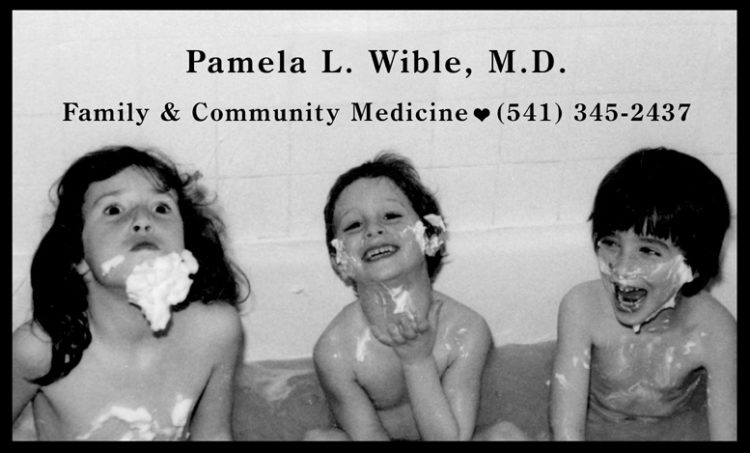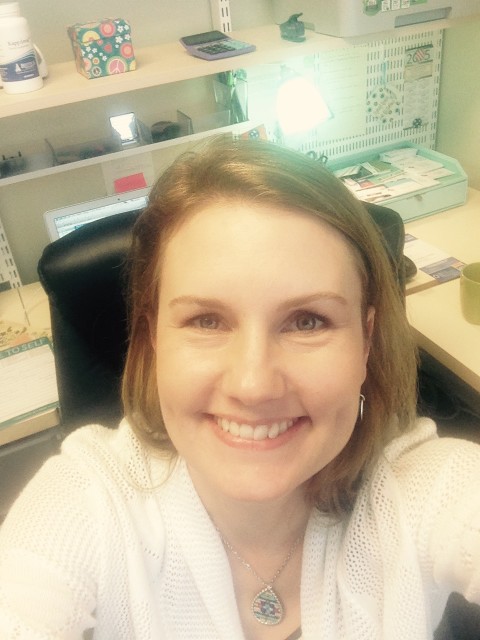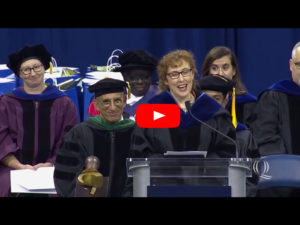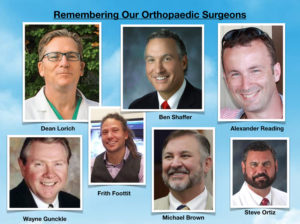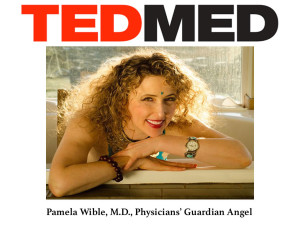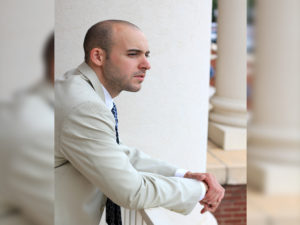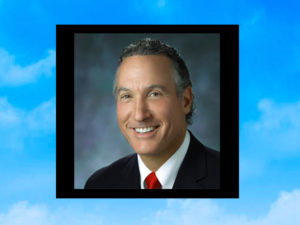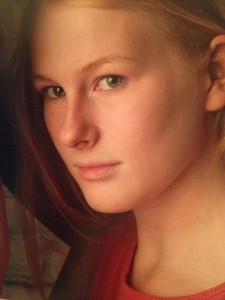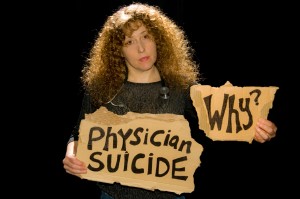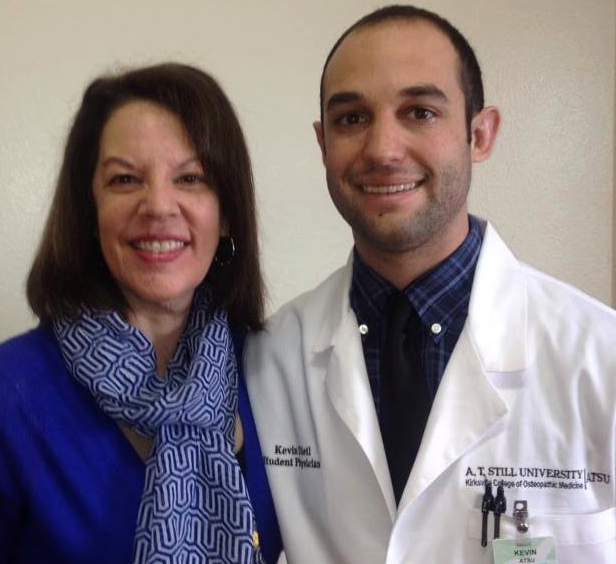
Michele and Kevin Dietl
It’s medical school graduation season!
Here come the caps. The gowns. The smiles. And sighs of relief . . .
Time to celebrate our brand new doctors.
Except for the families that can’t celebrate their child’s graduation. Or their child’s marriage. Or their child’s birthday—ever again.
Like Michele and John Dietl.
They lost their son, Kevin, just weeks before graduation. Now they cling to online condolences and family photos. And to the never-ending question: Why?
I’ve become a sideline specialist in medical student and physician suicide. Why? Mostly because I can’t stop asking why. Why both classmates I dated in medical school died by suicide. Why we lost three doctors in town to suicide. Why my cell phone feels like a suicide hotline. Why I’ve received hundreds of letters from suicidal doctors and medical students.
A distressed medical student writes:
“We have had two suicides within two years. Just months after starting first year, a male who was top of our class died by suicide. Another student found him after noticing he missed gross anatomy. The second was more public. An internal medicine intern who had just graduated jumped to his death in NYC. He was very charismatic, highly intelligent, and always willing to help out younger medical students.
The students mourned, including me, especially for the latter who I had just met. There have been no talks from the school regarding how to deal with suicide. I personally find it frustrating that my university does little about this. We have one counselor to all of our students and residents. As a community we are afraid to discuss the topic of mental health openly, and that two very excellent, compassionate people were lost to suicide.”
Since medical schools are doing “little about this,” I invited 176 medical students to share what should be done. In their own words, here are the top ten initiatives for immediate implementation:
1) Increase Awareness. Require all medical schools to establish a suicide-awareness campaign and program for early detection. There are marathons/fundraisers to bring awareness to just about everything. Talk about medical student suicide in public, out loud, and utilize every form of media. Alert students’ families to watch for warning signs. Let students know “you are not alone.” Practicing physicians must stop pretending this isn’t happening. To be accredited schools must meet a minimum level safety, requiring suicide prevention initiatives.
2) Decrease Stigma. Minimize stigma by addressing mental health throughout the curriculum. We need physician role models who admit to struggling academically and psychologically and are willing to share how they’ve overcome these struggles. Create a culture where it’s not just okay, but ENCOURAGED to seek mental health help. Never threaten a student. Never say that divulged information will be documented and used against students academically. This shuts down communication. Do not force medical leave for mental health issues. Some of us just need guidance, and high stress brings out our maladaptive coping mechanisms. Forcing us to leave school penalizes us for voicing our mental health concerns.
3) Share Resources. Students must know what is available and how to get help. Offer social/financial/academic resources. Students have real-life milestones during school, like death of loved ones and the end of long-term relationships. The message should be: if you find yourself in trouble, you have options and we’re here to help. We want you to graduate! Give students step-by-step instructions, easy to follow—even when at their lowest low—of what to do if students are contemplating killing themselves.
4) Institute a Hotline (Online & Offline). Establish suicide hotlines everywhere there are medical students. Offer a website messaging service answered anonymously by students who have survived depression and suicide. People who actually relate to our perspective and can offer hope. Online site would be overseen by licensed mental health professionals and would allow students to access help without time constraints, travel, or treatment costs. The support group atmosphere would allow anonymity, but also rapid intervention via Skype or video chat.
5) Start Annual Screening. Because most suicides come as a total shock, require meetings with a counselor. A mental health check might catch symptoms that others miss. Plus if everyone has to go then no one is being singled out. Let it be okay for students to ask for help with anxiety, depression, suicidal thoughts.
6) Provide Mentorship & Therapy. Match mentors with med students to give them a reality check and make sure that they’re okay psychologically. Ask students about their hopes and dreams! Send reminder emails every few months with ports of call for help and make it very obvious at a glance that the services will be confidential. Create intentional safe spaces in which students can work through feelings or grief and guilt that arise inevitably during rotations. Many feel traumatized in school. Trauma therapy can really help heal the wounded.
7) Humanize Medical Education. Avoid curriculums that dehumanize and completely molecularize the human body. Improve academic support for struggling students. Offer the opportunity to retake tests. Learn clinically relevant material rather than stupid factoids. Reform the board exam system so students don’t feel they have to study every hour of every day memorizing minutiae that is completely irrelevant. Integrate clinical work during first two years. Give students time to take care of basic needs like eating good food, sleeping at least seven hours per night, exercising, and caring for relationships. Mental health starts with self-care.
8) Offer Peer Support. Peer-run support groups at least weekly between classes where students can have heart-to-heart conversations about their day. Start a mental health advocacy group on campus and create a dialogue centered around openness and mutual understanding.
9) Require Physical Education. It sounds really trite, but so many students talk about how they’d love to go for a run if they could just . . . Group exercise or class outings into nature. P.E. Yeah. Physical education. We have all kinds of required science classes that build stress and keep us sitting, but we need a reason to get up and get moving. Depression builds when we sit all day. Helping medical students be physically active would reduce depression and hopefully, suicide.
10) Stop Bullying. The #1 recommendation: a learning environment free of bullying, with harsh consequences for negative or mean instructors. If we disagree with something the school does, we should not be worried about being in a hostile work environment. Let students know it’s okay to make mistakes and stumble and fall along the way. That is how we grow. Instead of bullying, it’s going to sound silly, but dole out hugs. Like the “Free Hug” movement (where people stand around town, holding a sign: “Free hugs”). Such a basal connection, free from malice. When our loved ones hug us, the release of endorphins and feeling of security is unmatched. Tell medical students it is 100% acceptable to feel what they feel, and to be anything other than honest with themselves is not okay – that the best physicians remember their shared humanity.
A few weeks ago I got to hug Michele and John Dietl. They were so gracious and kind to me. Honestly, I haven’t had a man open a door for me in decades. They treated me to lunch at a wonderful Italian restaurant in St. Louis. And they told me all about their sweet, beautiful son. Because Kevin was only three weeks from graduation when he died, they told me the school went ahead and printed his diploma.
So Michele and John have their son’s white coat. They have their son’s diploma. They just don’t have their son.
This doesn’t have to happen again.
But today I was just told about another one in San Diego.
* * *
Pamela Wible, M.D., is a pioneer in the ideal medical care movement. When not treating patients, she devotes her time to medical student suicide prevention and leads medical student and physician retreats. Dr. Wible is the recipient of the 2015 Women Leader in Medicine Award. Photo credit: Dietl family.
